There’s been a lot happening over the last week as we took advantage of the decent weather. It’s amazing what a difference some sunshine makes.
Planted up the Vitavia greenhouse border with tomatoes. There are 10 plants in there plus the eight in the Quadgrows for the feed trial. I’ve also got a Black Krim that’s a bit behind and will be going in when ready.
That gives me, in the greenhouse border:
- 5 Crimson Plum
- 2 Crimson Blush
- 2 Sungold
- 1 Gourmandia
- Plus 1 Black Krim (all being well)
In the Quadrows
- 4 Ailsa Craig
- 2 Black Cherry
- 2 Crimson Plum
Val picked up half a dozen French marigolds which brighten the border and might deter whitefly. I also planted half a dozen Little Gem lettuce. Greenhouse borders are often underused, which is a shame as it’s expensive real estate.
Fruit Trees Hopeful
Behind the greenhouse there’s a small grassed area with a couple of fruit trees. The pear often doesn’t crop and the other tree has yet to crop. I think it’s a damson.. Having fed them, applied Cultiv-8 trace elements and mulched around the trunk, we have heavy blossom on both! Early days, but hopeful.
Brassica Cage Planted Up
I’ve got the brassicas planted up in their protective cage. Sprouts, cabbages, kale, cauliflowers and calabrese. I don’t have to worry about weeds and hopefully they’ll be safe from caterpillars and rabbits in there. Slugs and snails, however, are another story. I scattered pellets around to get those beasties.
I’ll give them a high-nitrogen liquid feed monthly to supplement the nutrients in the soil which had manure earlier in the year. I’ve still got the small brassica tunnel to set up but getting it into position is a bit tricky. Even with help lifting, my sciatica is a concern and it’s quite heavy. That will give me some more cauliflowers and calabrese under protection.
I’ll plant some of my remaining brassicas outside the cages and spray with Grazers rabbit repellent. I’ve not tried this before so a little experiment.
Compost Making
Our cats are all getting old now. Apart from not controlling the rabbits any more, they demand an indoor toilet. We use a biodegradable cat litter made from wood but it is slow to rot down. Most of the faeces get removed and the urine soaked powdery put to compost.
I’ve tried adding sulphate of ammonia to boost the nitrogen and chicken manure but it still is hardly rotting. I’m sure it would go eventually if I just piled it somewhere but I have a new cunning plan. I’m mixing it with grass clippings in the 1,200 litre insulated compost bin. We’ll see how it goes but it’s looking good so far. After four days the internal temperature is up over 40ºC
I know it may seem a bit silly going to this extent to convert a waste product but I think we need to do what we can, go the extra mile to improve the environment that our children and grandchildren will live in when we’re gone.
Mulching Potatoes with Grass Clippings
The rest of the large pile of grass clippings was used to mulch the potatoes by the brassica tunnel. If anything, there were too many but I can always take some off for the compost making. Only thing to watch for is that grass clippings can attract slugs.
Gave Up on the Bonfire
I had a pile of brash wood that was going to be burnt in the incinerator but it just wouldn’t catch light. I even used the flame weeder to try to get it going but to no avail. Cleared it into pile to dry out more for the November bonfire. I needed to clear that part of the vegetable area for planting up.
Mantis in Action
My first thought was to run the Merry Tiller over the patch but on second thoughts it would be overkill. The soil has had a lot of manure and organic matter, loads of compost. It’s been well cultivated and just needed some weeds clearing and the top tilthing. The Mantis is ideal for that.
It’s quite a large area for the Mantis but it didn’t take too long. A couple of delays when stones jammed the tines but it got the job done. The area is now ready to sow and plant up.
Garden Tiger Moth woolly bear caterpillar
In the polytunnel I’ve some carrots that have decided to set seed rather than bulk up. Never had carrots bolt before, a first for me! Another first for me was finding this Garden Tiger Moth woolly bear caterpillar in the carrots.
She’s ever so cute but apparently the hairs can be an irritant so I resisted the urge to stroke her. I moved the foliage to snap a photo and she curled into a defensive ring. Hope she makes it to transform and fly.

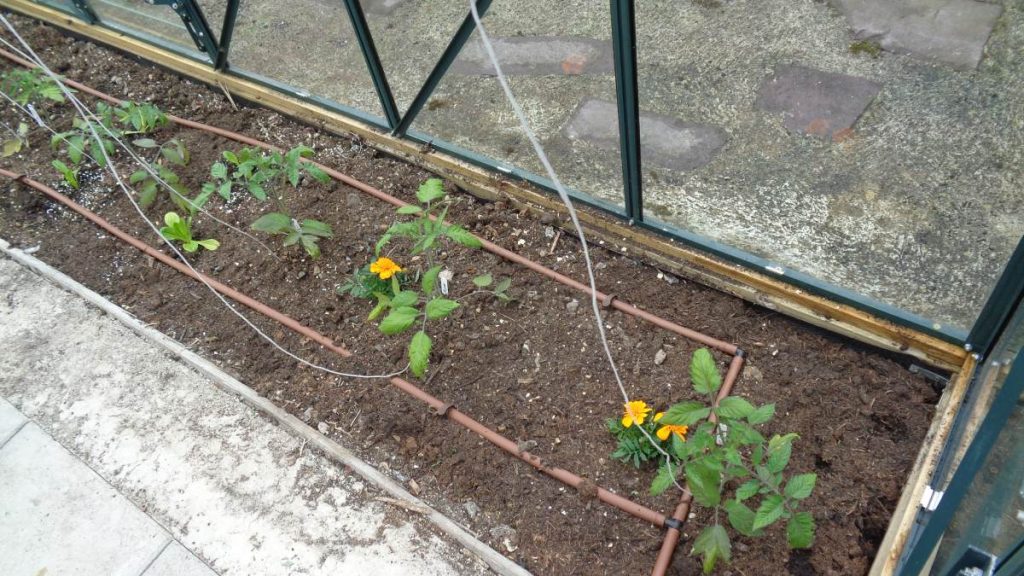
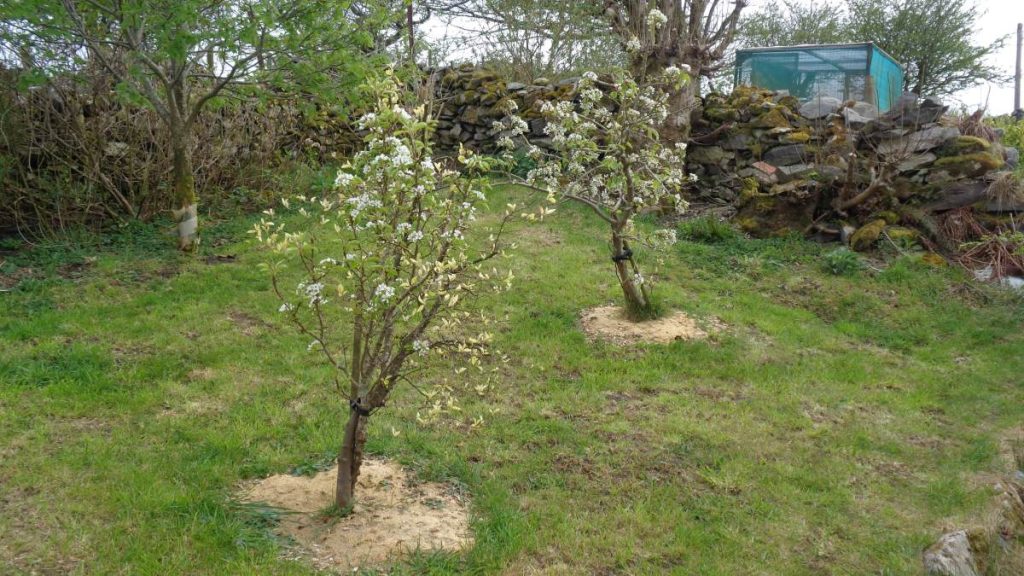
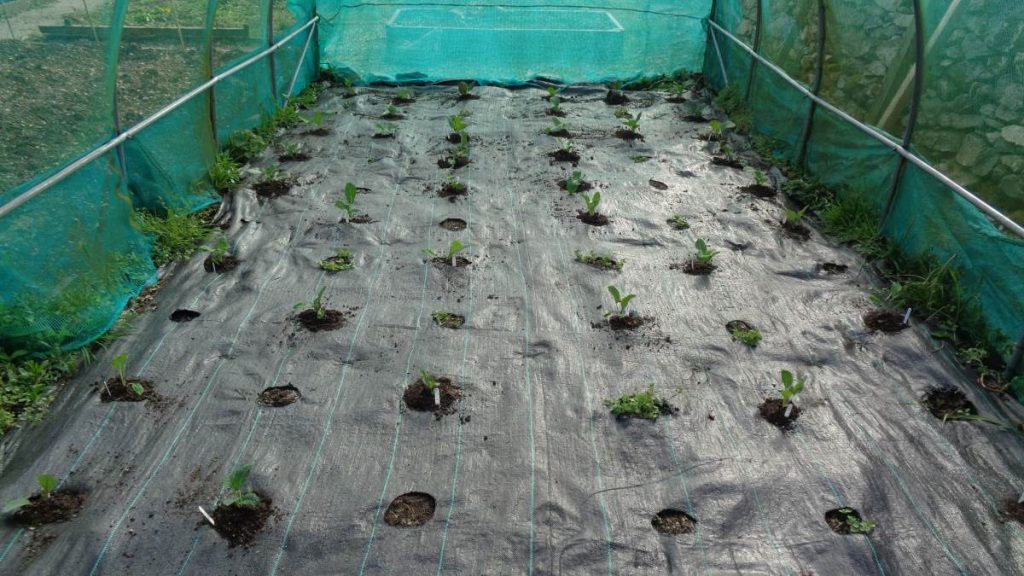
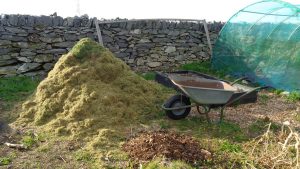
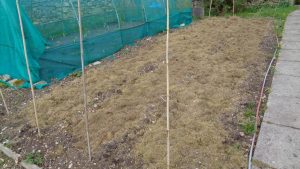
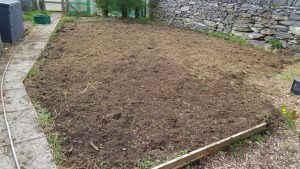
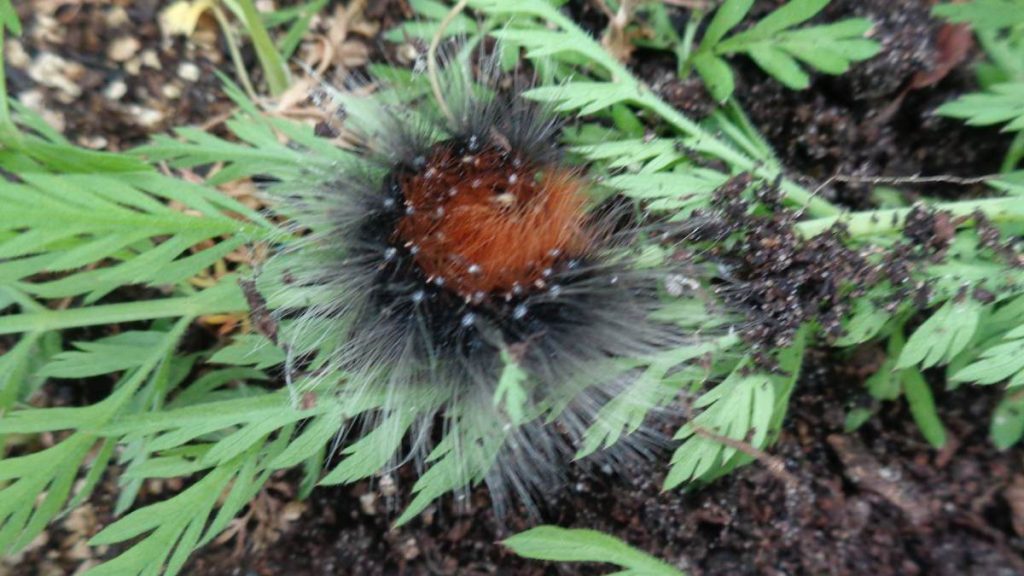



Hello John,
Thank you for your thoughtful and creative posts. I appreciate your honest postings about successes and learning opportunities! I am an allotment holder, finding gardening a relaxing outlet from my day job as a veterinarian. You may know the following….so apologies, no offence intended.
I feel obligated to note that incorporating any carnivore/omnivore feces in compost can pose zoonotic risks—meaning things like parasites can be passed from an animal to us. Unless all the compost is fully heated to appropriate temperatures, the parasites/eggs can remain viable to infect anyone such as gardeners or children that come in contact with the compost. For pet owners interested in trying to sustainably deal with waste, if they have space, there are some alternatives to their garden composter: a small compost pit dug into an area of ground with a hatch lid. In ground composters can be a safe, sustainable alternative to above ground set ups as the compost stays in one place and can’t spread unwanted parasites above ground. The pits can last quite a while or can be capped w soil and moved to benefit another plant. Plants that like nitrogen/urea such as fruit trees could benefit from the slow release nutrients. A sprinkle of garden lime and carbon such as shredded paper or cardboard can help the feces break down, turning the waste product into a nutrient asset…. Thank you again for your engaging posts.
Hello Ellen. All manure should be treated with respect. Horse manure presents a high risk of tetanus, for example. Your method does work well, I’ve used it in the past.